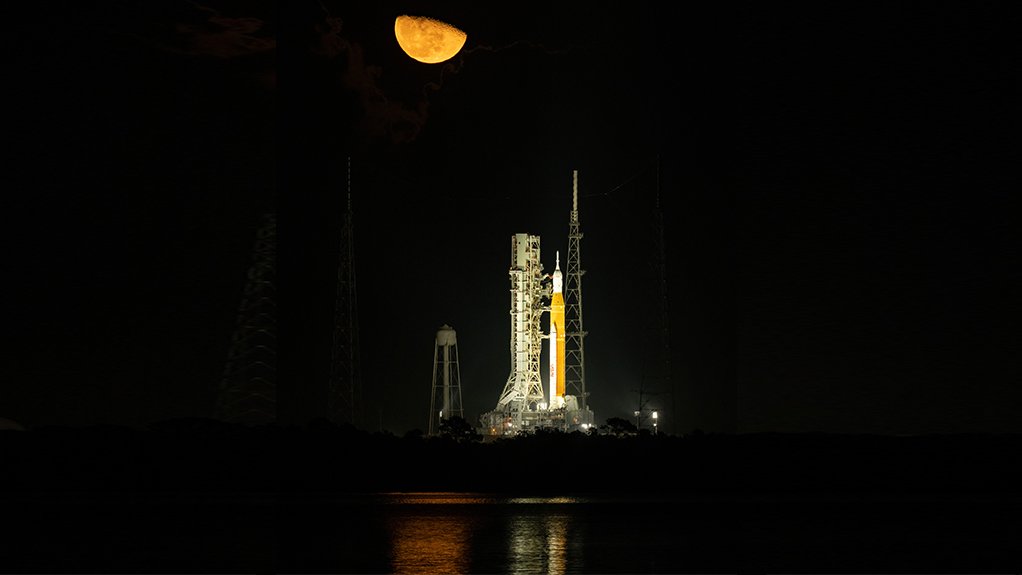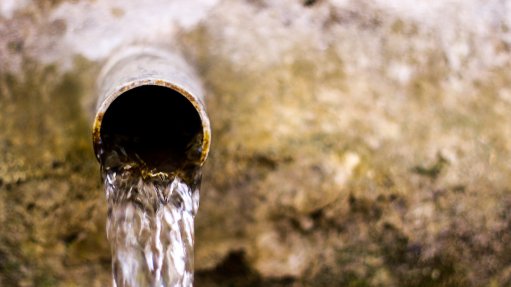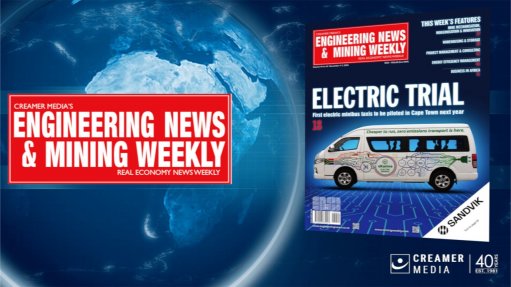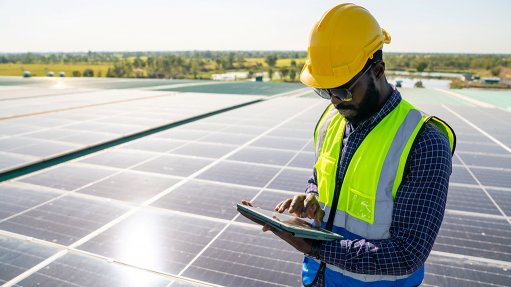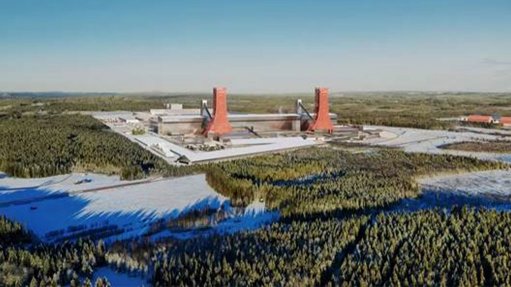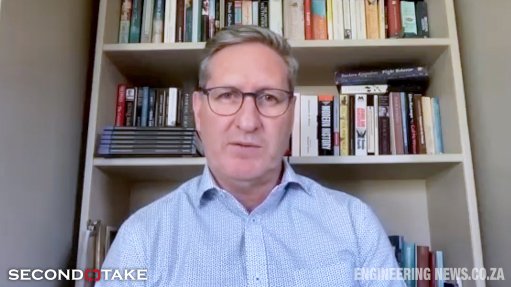Uncrewed demonstration mission of new US crewed spacecraft successfully launched
Artemis I, the uncrewed flight test demonstration mission for the latest US crewed space exploration programme, successfully lifted-off at about 08:41 South African time on Wednesday, and is now in orbit. Lift-off was from the renowned Launch Complex 39B at the Kennedy Space Centre in the US state of Florida. The launch had been delayed by bad weather, which has caused minor damage to the spacecraft.
Artemis is the new flagship programme of the US National Aeronautics and Space Administration (Nasa). It will return human beings to the Moon for the first time in more than 50 years, the last crewed Moon mission being Apollo 17, in December 1972. The Artemis programme will also see the first woman and the first person of colour land on the Moon.
“The primary goal of Artemis I is to thoroughly test the integrated systems before crewed missions by operating the spacecraft in a deep space environment, testing Orion’s heat shield, and recovering the crew module after reentry, descent, and splashdown,” explains Nasa senior communications specialist Rachel Kraft. The Artemis I mission is scheduled to last 25 days, 11 hours and 36 minutes. During that time, it will travel 1.3-million miles (2.09-million kilometres). Splashdown, at the end of the mission, is scheduled for December 11.
Although uncrewed, Artemis I is carrying science experiments. These include CubeSats, which will be launched from the spacecraft’s interim cryogenic propulsion stage, some of which will search for water (in ice form) on the Moon’s surface, and experiments to evaluate how life (for example, tree seeds) reacts to being in space. It is also carrying one complete, and two partial (just torso) manikins, to gather data (especially on radiation exposure) and test systems, including a prototype radiation protection vest.
But Artemis I is also carrying a number of mementos. While some of them are light-hearted (such as soft toy versions of the canine cartoon character Snoopy, placed aboard by Nasa, and of the animated TV character Shaun the Sheep, contributed by the European Space Agency [ESA]), others are highly symbolic, such as a small Moon rock brought back to Earth by the Apollo 11 mission, as well as a bolt from one of Apollo 11’s engines. Others are intended for distribution to schools, to promote science, technology, engineering and mathematics education.
Although the Artemis programme is led, and mainly funded by, Nasa, it is actually an international programme with ESA making a major and essential contribution, in the form of the Orion spacecraft’s service module, designated as the European Service Module (ESM). The ESM provides power, propulsion and life support for the Orion capsule.
The first crewed mission will be Artemis II, but this will not land on the Moon. The first Moon-landing mission in the new programme will be Artemis III. In Greek mythology, Artemis was the sister of Apollo.
Comments
Press Office
Announcements
What's On
Subscribe to improve your user experience...
Option 1 (equivalent of R125 a month):
Receive a weekly copy of Creamer Media's Engineering News & Mining Weekly magazine
(print copy for those in South Africa and e-magazine for those outside of South Africa)
Receive daily email newsletters
Access to full search results
Access archive of magazine back copies
Access to Projects in Progress
Access to ONE Research Report of your choice in PDF format
Option 2 (equivalent of R375 a month):
All benefits from Option 1
PLUS
Access to Creamer Media's Research Channel Africa for ALL Research Reports, in PDF format, on various industrial and mining sectors
including Electricity; Water; Energy Transition; Hydrogen; Roads, Rail and Ports; Coal; Gold; Platinum; Battery Metals; etc.
Already a subscriber?
Forgotten your password?
Receive weekly copy of Creamer Media's Engineering News & Mining Weekly magazine (print copy for those in South Africa and e-magazine for those outside of South Africa)
➕
Recieve daily email newsletters
➕
Access to full search results
➕
Access archive of magazine back copies
➕
Access to Projects in Progress
➕
Access to ONE Research Report of your choice in PDF format
RESEARCH CHANNEL AFRICA
R4500 (equivalent of R375 a month)
SUBSCRIBEAll benefits from Option 1
➕
Access to Creamer Media's Research Channel Africa for ALL Research Reports on various industrial and mining sectors, in PDF format, including on:
Electricity
➕
Water
➕
Energy Transition
➕
Hydrogen
➕
Roads, Rail and Ports
➕
Coal
➕
Gold
➕
Platinum
➕
Battery Metals
➕
etc.
Receive all benefits from Option 1 or Option 2 delivered to numerous people at your company
➕
Multiple User names and Passwords for simultaneous log-ins
➕
Intranet integration access to all in your organisation



